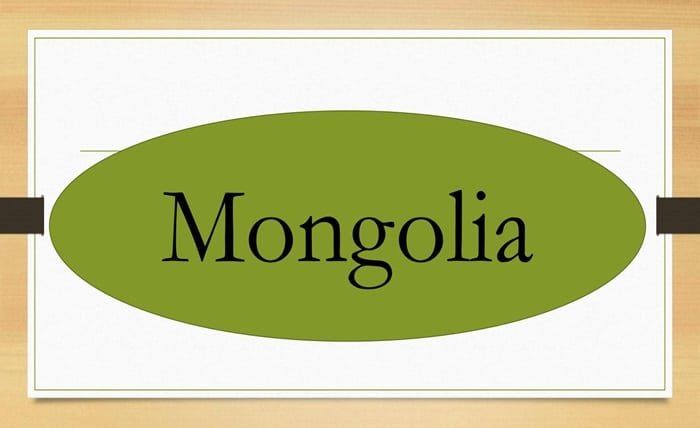Munting Definition: A Deep Dive into the Meaning and Significance

Introduction
Munting is a term that may seem unfamiliar to many, but its historical and cultural significance stretches across various disciplines. Understanding the munting definition can unlock insights into its relevance in different fields, from linguistics to geography. In this post, we’ll explore the origins, meanings, and uses of munting across various contexts, breaking down its definition in simple terms. Whether you’re curious about this word’s application in Filipino culture or its relevance to other academic fields, this comprehensive guide will leave you well-informed.
Munting Definition: Unpacking Its Origins
To fully grasp the munting definition, we need to understand its linguistic roots. “munting” is a Filipino word, and it is derived from the root word “munti,” meaning small or tiny. In the Filipino language, the suffix “–ing” is added to the root word to form the adjective or descriptive term “munting,” which connotes something small in size or modest in nature. This definition aligns with the word’s usage in everyday conversations in the Philippines, where it is used to describe things that are physically small or, metaphorically, things that are humble and unpretentious.
This cultural aspect of munting is an essential part of understanding its overall significance. It conveys a sense of simplicity, purity, and modesty, making it a beloved term in Filipino vernacular.
Munting Definition in Filipino Culture
In Filipino culture, the term munting is not only used to describe the physical size of things but also to describe humility and simplicity. The munting definition plays a significant role in various Filipino sayings, traditions, and narratives, often emphasizing the importance of being grounded and modest, regardless of one’s status or wealth.
For instance, “munting tahanan” (small home) often refers to a humble abode, underscoring the value of contentment and family over material wealth. Similarly, “munting halaga” (small value) might refer to modest gestures or acts of kindness that, while seemingly small, carry great meaning in the context of relationships and community life.
Munting Definition in Art and Literature
In art and literature, munting takes on a more symbolic meaning. Writers and artists often use the term to evoke feelings of nostalgia or tenderness. The munting definition becomes a representation of innocence, purity, and simplicity in various forms of creative expression. For example, many Filipino literary works depict munting moments, such as small acts of kindness or quiet, serene settings, to convey deeper meanings about life and human connection.
This usage of munting is part of a broader literary tradition in the Philippines, where simplicity and modesty are often praised as virtues. In literature, these small and simple moments are often viewed as more profound than grandiose or extravagant displays.
Munting Definition in Geography
Beyond its cultural and literary significance, munting has also found a place in geographical contexts. In certain parts of the Philippines, the term munting is used to describe small or lesser-known landmarks or places. A “munting isla” (small island) or “munting bundok” (small mountain) might refer to local geographic features that are less visited or less famous but still hold their own charm and importance.
In this context, the munting definition highlights how something small can be significant, even if it doesn’t attract the same attention as larger, more prominent locations. These small islands or mountains may be valued by locals for their beauty, serenity, or historical relevance.
Munting Definition in Modern Usage
In modern usage, the munting definition has expanded to encompass various contexts, including digital and social media. For example, the term may be used online to describe small-scale or personal projects, like a “munting negosyo” (small business) or a “munting blog” (small blog). These expressions celebrate the entrepreneurial spirit and the importance of starting small to eventually grow into something larger and more impactful.
The use of munting in this context mirrors the broader cultural sentiment of humility and the belief that small beginnings can lead to something much more significant. Social media platforms have amplified this notion, with many people celebrating the success of small creators and businesses in contrast to more mainstream or large-scale enterprises.
Munting Definition in Philosophy: The Virtue of Humility
From a philosophical standpoint, the munting definition connects to deeper concepts of humility and simplicity. The word invokes the virtue of modesty, which is central to many philosophical traditions, including Stoicism and Eastern philosophies. The idea that greatness does not lie in grandeur or size but in the quality of being humble is echoed through the term munting.
Philosophically, munting reminds individuals to focus on the essentials of life, such as inner peace, personal growth, and meaningful relationships, rather than seeking external validation or material success. This viewpoint encourages a life centered around balance, contentment, and modest ambition.
Conclusion
As we’ve explored throughout this article, the munting definition is rich with cultural, philosophical, and linguistic significance. Whether it refers to small physical objects, humble actions, or unpretentious ideals, munting evokes a sense of simplicity and modesty that remains a valued aspect of Filipino life and thought.
Understanding the meaning of munting is not just about grasping the definition of a word, but also appreciating the deep values and lessons it carries. The notion that small things can have profound meaning is timeless, and the relevance of munting in contemporary society is as strong as ever.
FAQs
- What does munting mean in Filipino? Munting is a Filipino adjective that means small, tiny, or modest. It is derived from the root word “munti,” meaning small.
- Is munting used to describe people? While munting typically refers to things or objects, it can also describe people in a figurative sense, emphasizing modesty or humility.
- What is an example of munting in Filipino culture? “Munting tahanan” (small home) is a common example in Filipino culture, symbolizing a modest and humble living space filled with love and warmth.
- How is munting used in literature? In literature, munting can symbolize innocence, purity, or small, meaningful moments that evoke nostalgia or tenderness.
- Can munting be used in a positive context? Yes, munting is often used in a positive context to celebrate simplicity, humility, and the beauty of small, meaningful things in life.




